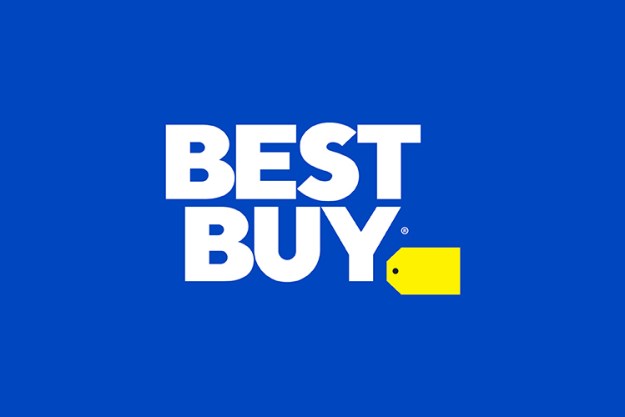HTC’s Desire 816 smartphone has already been replaced, before we really got a chance to know it at all. That’s OK though, because the sequel is more exciting, better looking, and bang up to date with the latest tech. It’s called the Desire 820, and was launched just before IFA 2014 officially opened its doors. We got a chance to spend a little time with it at the Berlin show.
The first thing to note is this isn’t one of HTC’s metal bodied phones. However, the smooth, high gloss polycarbonate body looks excellent, and to give it some pull of its own, it has a cool two-tone color effect theme. There is a contrasting strip of color running round the edge of the one-piece plastic shell, which has been created using a brand new manufacturing process, and it looks great. This second color then continues around the camera lens, the buttons, and highlights the HTC logo, too. It’s down to you how wacky you want to get with the color combinations, from the subtlety of this white and grey model, to a more look-at-me bright pink version.
Related: Check out all our coverage from this year’s IFA show
Despite the shiny finish, the phone doesn’t feel slippery, and at 155 grams is light for such a large phone. How big? It borrows the Desire 816’s 5.5-inch screen, and manages to be even larger than the similarly-equipped LG G3. At 7.7mm thick, it never felt cumbersome though. The screen’s resolution is 720p — this isn’t a top-of-the-range phone, remember — which performed well, without being spectacular.
A future-proofed mid-range phone? Sign us up
Once, the size of the Desire 820’s screen would have been its main selling point, but that’s not the case now. HTC is targeting selfie addicts with the device, and has fitted a big 8-megapixel front camera above the screen, and added a couple of apps to increase the fun. It’s Face Fusion which will provide the most laughs, because it takes two selfie pictures and mixes them up into a single, and usually very weird, hybrid shot. There’s a slider to adjust the effect. It’s pointless, but that doesn’t stop it being highly amusing. HTC’s Live Makeup mode is another of those skin smoothing beauty effects, which we’ve seen for selfie cams before, such as on Lenovo’s Vibe series and the LG G3, but this one operates in real time, so you can adjust the intensity before taking a picture.
Anything which future-proofs a mid-range smartphone is a very good thing in our opinion.
Related: Read about Android L’s new features and benefits here
There’s a great deal to like about the Desire 820, and like the Lumia 830 and the Vibe Z2, it’s another winning mid-range phone that very few people will be upset about choosing instead of a higher spec model. HTC has announced the Desire 820 globally, but couldn’t give us an idea of when it will launch in America. It’s coming to Europe in the next few weeks, and the price has been set at 330 euros for the SIM-free device, which is around $430.



